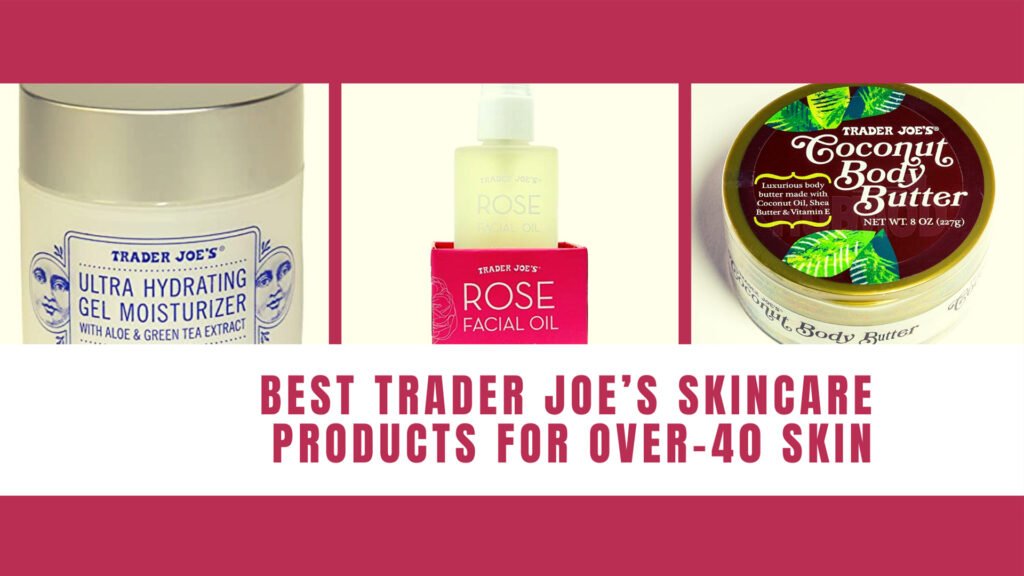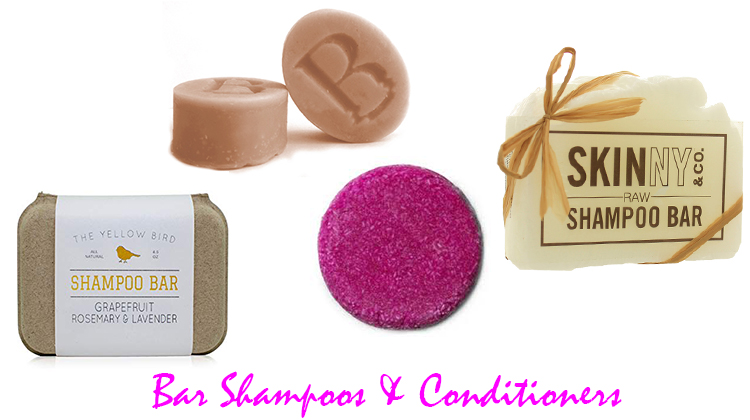In the quest to assist the consumer’s journey of reducing their carbon footprint, cosmetic companies have been going green with ingredients and packaging. Currently, there are various natural ingredients, such as plant and flower extracts, added to cosmetics in lieu of traditional clinical ingredients, and packaging volume has been reduced, can be recycled and in some cases, can be compostable. Traditional ingredients used in cosmetics include talc, parabens, propylene and butylene glycol, sodium laurel sulfates (SLSs), GMOs (genetically modified organisms, or plants or flowers that came from GMO crops), triclosan (an antibacterial agent) and mineral oils. Several of these commonly used ingredients can be exchanged for more natural and less clinical ingredients, and include:
- Talc – Titanium dioxide, cornstarch, kaolin clay, zinc sterate, mica or iron oxides. Look for these in loose or pressed powders, eye shadows and blushes.
- Propylene Glycol – Plant waxes, olive oil wax, quince seed, xantham gum or jojoba. Can be used in lipsticks, lip-glosses and mascaras.
- Sodium Laurel Sulfates – Coconut (a degreasing agent). Can be used in cream blushes and cream bronzers.
- Parabens – cetyl, ceteryl and steryl alcohol (all are derived from coconuts). Can be used in cream blushes and cream bronzers.
Other natural ingredients to look for include avocado oil, soybean, shea and cocoa butter, vitamins A, C and E, aloe, chamomile, grape seed and beeswax. The use of these ingredients usually only slightly alters the texture and scent of cosmetics. Therefore, many consumers can still enjoy their regular favorite products without undergoing major product changing.
To be certain that a cosmetic is natural or organic, look for labels with certifications from organizations such as EcoCert (the organic certification organization of France, which has subsidiaries in other countries) or the Organic Food Chain (OFC). Also look for the words “certified organic”, since the FDA does not regulate cosmetics. For packaging, look for packaging products that can be recycled, such as glass, aluminum, plastic or paper. Some cartons list a percentage of post consumer waste product, and some brands have opted to use a plastic called polylactic acid (PLA) instead of traditional plastic, since traditional plastic can take up as much as 25% in landfills. PLA is compostable, meaning that under certain conditions, the plastic will break down into harmless compounds.
Start filling your makeup bag with more eco friendly products, here are a few of Modern Latina’s top picks:







